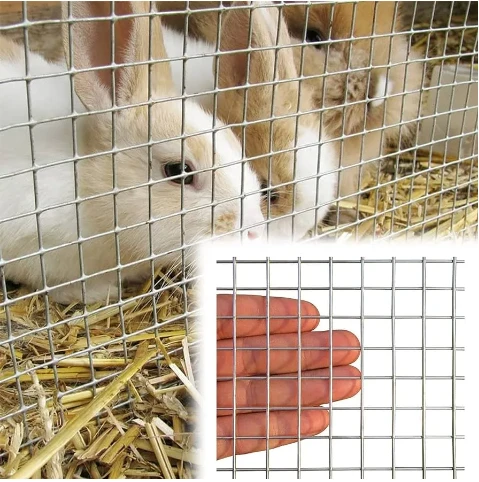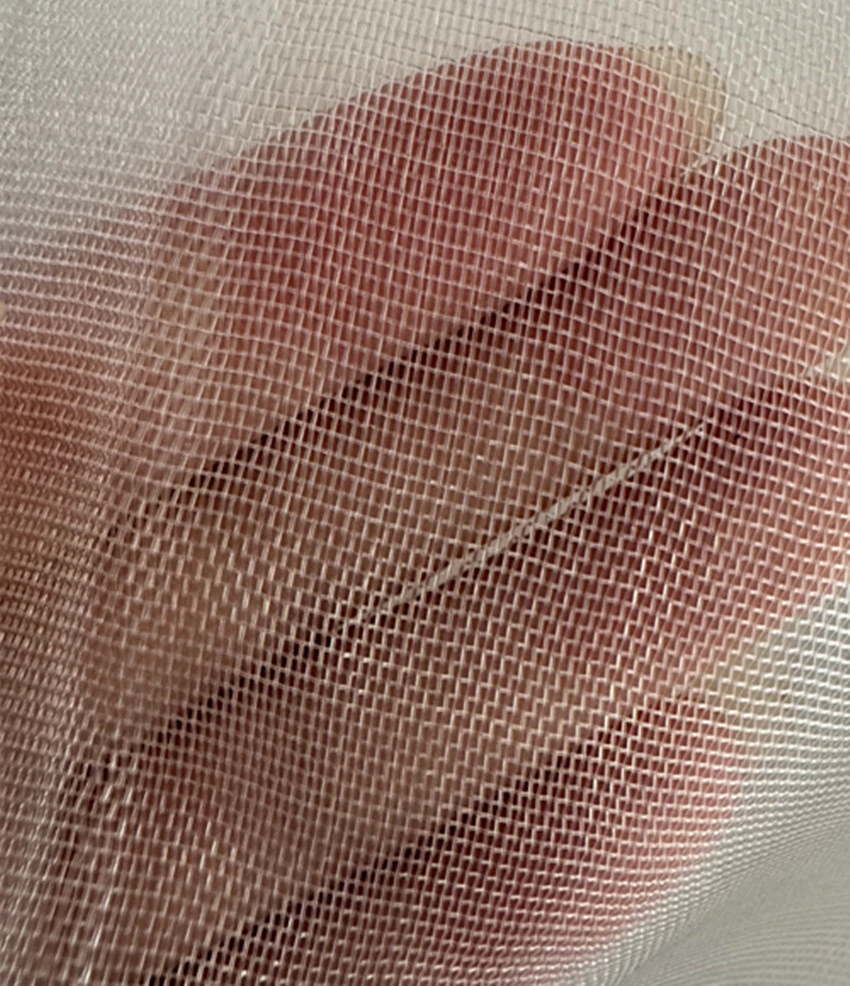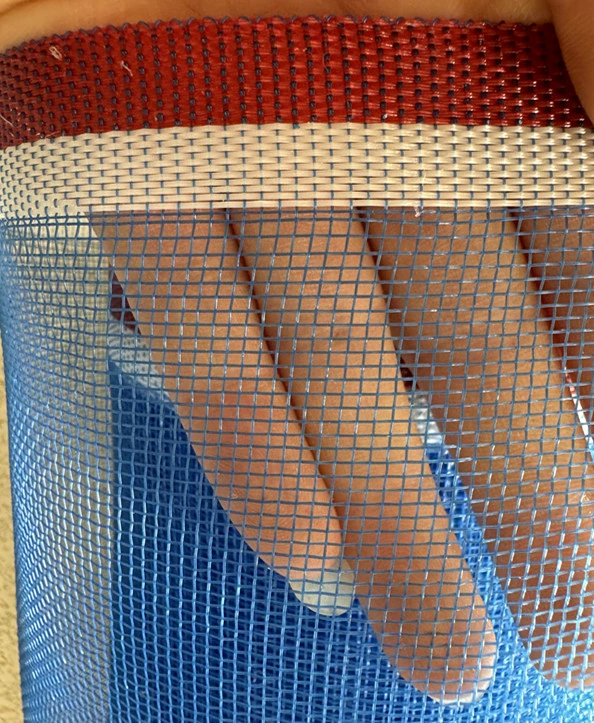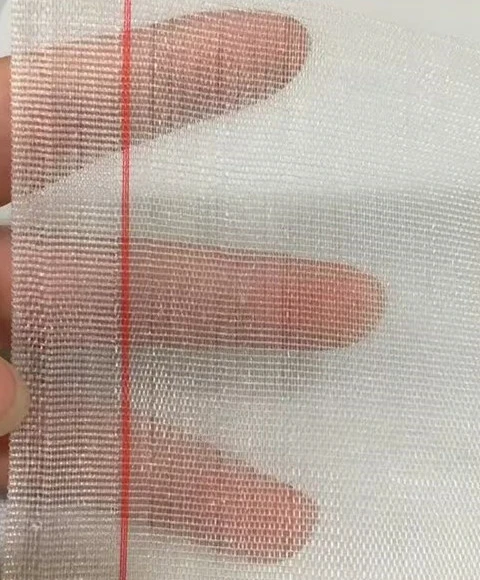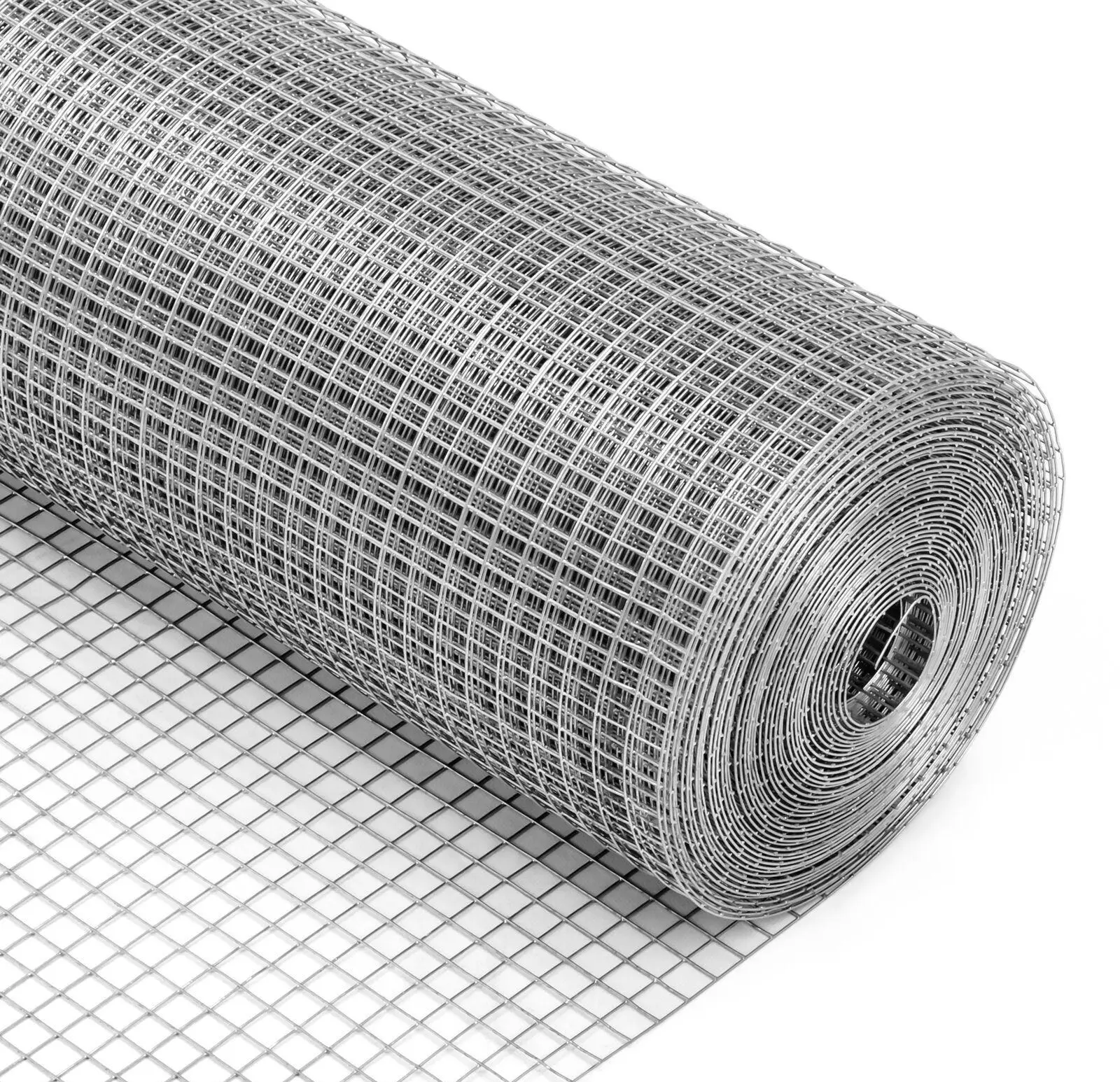-
 Afrikaans
Afrikaans -
 Albanian
Albanian -
 Amharic
Amharic -
 Arabic
Arabic -
 Armenian
Armenian -
 Azerbaijani
Azerbaijani -
 Basque
Basque -
 Belarusian
Belarusian -
 Bengali
Bengali -
 Bosnian
Bosnian -
 Bulgarian
Bulgarian -
 Catalan
Catalan -
 Cebuano
Cebuano -
 China
China -
 Corsican
Corsican -
 Croatian
Croatian -
 Czech
Czech -
 Danish
Danish -
 Dutch
Dutch -
 English
English -
 Esperanto
Esperanto -
 Estonian
Estonian -
 Finnish
Finnish -
 French
French -
 Frisian
Frisian -
 Galician
Galician -
 Georgian
Georgian -
 German
German -
 Greek
Greek -
 Gujarati
Gujarati -
 Haitian Creole
Haitian Creole -
 hausa
hausa -
 hawaiian
hawaiian -
 Hebrew
Hebrew -
 Hindi
Hindi -
 Miao
Miao -
 Hungarian
Hungarian -
 Icelandic
Icelandic -
 igbo
igbo -
 Indonesian
Indonesian -
 irish
irish -
 Italian
Italian -
 Japanese
Japanese -
 Javanese
Javanese -
 Kannada
Kannada -
 kazakh
kazakh -
 Khmer
Khmer -
 Rwandese
Rwandese -
 Korean
Korean -
 Kurdish
Kurdish -
 Kyrgyz
Kyrgyz -
 Lao
Lao -
 Latin
Latin -
 Latvian
Latvian -
 Lithuanian
Lithuanian -
 Luxembourgish
Luxembourgish -
 Macedonian
Macedonian -
 Malgashi
Malgashi -
 Malay
Malay -
 Malayalam
Malayalam -
 Maltese
Maltese -
 Maori
Maori -
 Marathi
Marathi -
 Mongolian
Mongolian -
 Myanmar
Myanmar -
 Nepali
Nepali -
 Norwegian
Norwegian -
 Norwegian
Norwegian -
 Occitan
Occitan -
 Pashto
Pashto -
 Persian
Persian -
 Polish
Polish -
 Portuguese
Portuguese -
 Punjabi
Punjabi -
 Romanian
Romanian -
 Russian
Russian -
 Samoan
Samoan -
 Scottish Gaelic
Scottish Gaelic -
 Serbian
Serbian -
 Sesotho
Sesotho -
 Shona
Shona -
 Sindhi
Sindhi -
 Sinhala
Sinhala -
 Slovak
Slovak -
 Slovenian
Slovenian -
 Somali
Somali -
 Spanish
Spanish -
 Sundanese
Sundanese -
 Swahili
Swahili -
 Swedish
Swedish -
 Tagalog
Tagalog -
 Tajik
Tajik -
 Tamil
Tamil -
 Tatar
Tatar -
 Telugu
Telugu -
 Thai
Thai -
 Turkish
Turkish -
 Turkmen
Turkmen -
 Ukrainian
Ukrainian -
 Urdu
Urdu -
 Uighur
Uighur -
 Uzbek
Uzbek -
 Vietnamese
Vietnamese -
 Welsh
Welsh -
 Bantu
Bantu -
 Yiddish
Yiddish -
 Yoruba
Yoruba -
 Zulu
Zulu
High-Quality Perforated Steel Mesh – Durable & Versatile Solutions for Industry
- Introduction: Understanding Perforated Steel Mesh
- The Technical Advantages of Perforated Steel Mesh
- Comparative Analysis of Leading Manufacturers
- Customization Solutions for Unique Project Demands
- Diverse Industry Applications and Real-World Case Studies
- Performance Specifications: Data-Driven Insights
- Conclusion: The Growing Demand for Perforated Steel Mesh

(perforated steel mesh)
Introduction to Perforated Steel Mesh in Modern Engineering
Perforated steel mesh has emerged as a critical component across various industries due to its unmatched versatility, structural integrity, and aesthetic appeal. Manufactured by mechanically punching uniform patterns of holes into sheets of stainless or carbon steel, this type of mesh balances strength, air flow, light transmission, and security requirements. According to industry reports, the global demand for perforated steel mesh
was estimated at 750 kilotons in 2023 and is projected to grow at a CAGR of 4.7% through 2030, driven by construction, architecture, and filtration applications. Its utility extends from industrial filtration units to architectural facades, proving indispensable in a range of modern engineering solutions.
Technical Advantages Driving the Adoption of Steel Perforated Metal Solutions
The technical superiority of steel perforated metal largely stems from its customizable open area, robust mechanical properties, and corrosion resistance. Firstly, perforation patterns (such as round, square, or custom shapes) can be engineered for precise air or liquid flow rates, satisfying both filtration and ventilation requirements. State-of-the-art manufacturing processes, like CNC punching, guarantee tolerances as tight as ±0.05 mm, vastly increasing efficiency and reducing waste. Stainless steel variants offer additional advantages, such as resistance to oxidation in harsh chemical environments, extending operational life cycles in critical installations. A study by the Sheet Metal Institute showed that systems employing perforated stainless steel mesh achieve a 22% longer maintenance interval compared to conventional wire mesh.
Market Leaders: Comparing Perforated Steel Mesh Manufacturers
Selecting the right manufacturer is pivotal, as quality and consistency in perforated steel mesh translate to operational reliability and safety. The table below analyzes three prominent manufacturers against critical performance metrics:
| Manufacturer | Material Options | Sheet Thickness Range (mm) | Pattern Variety | Minimum Order Quantity (sqm) | Delivery Lead Time (days) | Design Customization | Certifications |
|---|---|---|---|---|---|---|---|
| SteelFab Co. | Carbon, Stainless, Galvanized | 0.5 – 12.0 | Standard & Custom | 50 | 15-25 | Full CAD/3D Support | ISO 9001, CE |
| Perforatech Ltd. | Stainless, Aluminum | 0.8 – 10.0 | Standard | 30 | 10-18 | Partial Customization | ISO 14001 |
| Mesh Innovators | Stainless, Titanium | 1.0 – 8.0 | Custom Only | 75 | 20-30 | Advanced Prototyping | ISO 9001, SGS |
These comparisons clarify the need to align technical requirements with supplier strengths, be it in custom design, minimum batch quantities, or material selection. Certifications such as ISO 9001 and CE also assure consistent product standards and regulatory compliance across global markets.
Tailored Solutions: Customizing Perforated Stainless Steel Mesh for Specialized Projects
Bespoke projects often demand tailored approaches to mesh design and fabrication. Modern suppliers offer advanced digital tooling, enabling mesh panels to be engineered for complex geometries, enhanced safety, or visual branding. For example, architects increasingly specify custom perforation patterns to optimize building envelope performance – balancing heat gain, light transmittance, and occupant privacy. Acoustic engineers use customized meshes to fabricate noise reduction panels, where open area ratios directly impact decibel attenuation, achieving up to 38% sound reduction in controlled environments.
Technological advancements, such as laser perforation and automated texture mapping, broaden the scope of possibilities. Projects demanding anti-climb security fencing or food-grade hygienic partitions benefit from precision-cut stainless configurations, meeting both functional and aesthetic objectives. Collaboration between engineers, fabricators, and clients enables seamless transitions from initial concept drawings to finished mesh systems, complete with detailed quality documentation and installation guidelines.
Industry Applications and Impactful Case Studies
The application spectrum for perforated steel mesh is exceptionally broad, with high-impact case studies underscoring its value. In transportation infrastructure, custom-engineered noise barrier panels along Germany’s A3 motorway reduced average roadside noise levels by 9.6 dB, enhancing quality of life for nearby residents. Pharmaceutical cleanrooms leverage perforated stainless steel mesh for laminar airflow ceilings, achieving ISO Class 4 particle filtration.
Architectural facades provide another key example: the Louvre Abu Dhabi utilized over 7,500 sqm of steel perforated metal to modulate sunlight, decrease thermal loads by up to 38%, and create a distinctive visual signature. In industrial settings, filtration systems with optimized mesh configurations improved material throughput by 27% compared to legacy filter media. Diverse sectors, including automotive, food processing, and electronics manufacturing, prioritize mesh selection for safety, hygiene, and process efficiency, capitalizing on the synergy of durable performance and design versatility.
Data-Driven Performance: Quantitative Insights and Trends
Robust data underpins the rationale for integrating steel perforated metal in contemporary systems. Key performance metrics include open area percentage, tensile strength, corrosion resistance, and lifecycle maintenance intervals. Below is a comparison of technical parameters for different mesh grades, based on independent laboratory testing:
| Mesh Grade | Open Area (%) | Tensile Strength (MPa) | Corrosion Resistance (Salt Spray Hours) | Service Life (years) |
|---|---|---|---|---|
| Mild Steel, Galvanized | 38-45 | 315-370 | 400 | 8-12 |
| 304 Stainless Steel | 36-41 | 540-620 | 4200 | 18-25 |
| 316L Stainless Steel | 33-39 | 515-586 | 9200 | 20-30 |
These figures illustrate the superior performance attributes of stainless steel mesh, particularly in environments exposed to corrosive agents or demanding mechanical stresses. Demand trends indicate a rising preference for high-alloy solutions in coastal, pharmaceutical, and architectural sectors, where longevity and regulatory compliance are paramount.
Conclusion: Evolving Opportunities for Perforated Steel Mesh in Emerging Applications
The accelerating market expansion for perforated steel mesh can be attributed to its adaptability, proven technical benefits, and steadily declining production costs. As sectors ranging from urban infrastructure to industrial process engineering embrace eco-friendly and custom-designed materials, the relevance of perforated stainless steel mesh continues to grow. Innovations in manufacturing (including additive techniques and advanced coatings) are likely to further enhance product performance in the coming years.
Ultimately, the choice of mesh should consider application-specific requirements—balancing strength, durability, airflow, and aesthetic factors—with careful supplier selection enabling consistent, high-quality outcomes. Industry data solidifies the case for integrating steel perforated metal into forward-looking projects, driving resilience, efficiency, and design impact for stakeholders worldwide.

(perforated steel mesh)
FAQS on perforated steel mesh
Q: What is perforated steel mesh?
A: Perforated steel mesh is a sheet of steel that has been mechanically punched with a pattern of holes, slots, or shapes. This creates a mesh-like product used for filtration, ventilation, and decorative purposes.Q: What are the common applications of perforated stainless steel mesh?
A: Perforated stainless steel mesh is widely used in architecture, industrial filtration, and protective screens. Its corrosion resistance makes it suitable for both indoor and outdoor environments.Q: How does steel perforated metal differ from standard steel mesh?
A: Steel perforated metal features precise holes or patterns created via punching, unlike woven or welded standard mesh forms. This offers more design flexibility and specific airflow or filtration characteristics.Q: Is perforated steel mesh available in different thicknesses and hole sizes?
A: Yes, perforated steel mesh comes in a variety of thicknesses, hole sizes, and patterns. This customization ensures it meets diverse functional and aesthetic requirements.Q: Why choose perforated steel mesh over other materials?
A: Perforated steel mesh provides strength, durability, and versatility, making it ideal for structural and decorative applications. Its customizable appearance and exceptional performance make it a popular choice across industries.-
Optimal Fish Rearing with Premium Breeding Net SolutionsNewsJul.18,2025
-
High-Strength Construction Wire Mesh for Structural Integrity and SafetyNewsJul.18,2025
-
Ensuring Protection and Efficiency in Construction and StorageNewsJul.18,2025
-
Enhancing Crop Protection with High-Quality Agriculture Shade NetsNewsJul.18,2025
-
Dunnage Bags and Shipping Plastic Bags for Secure TransportNewsJul.18,2025
-
Comprehensive Protection for Construction and InfrastructureNewsJul.18,2025





